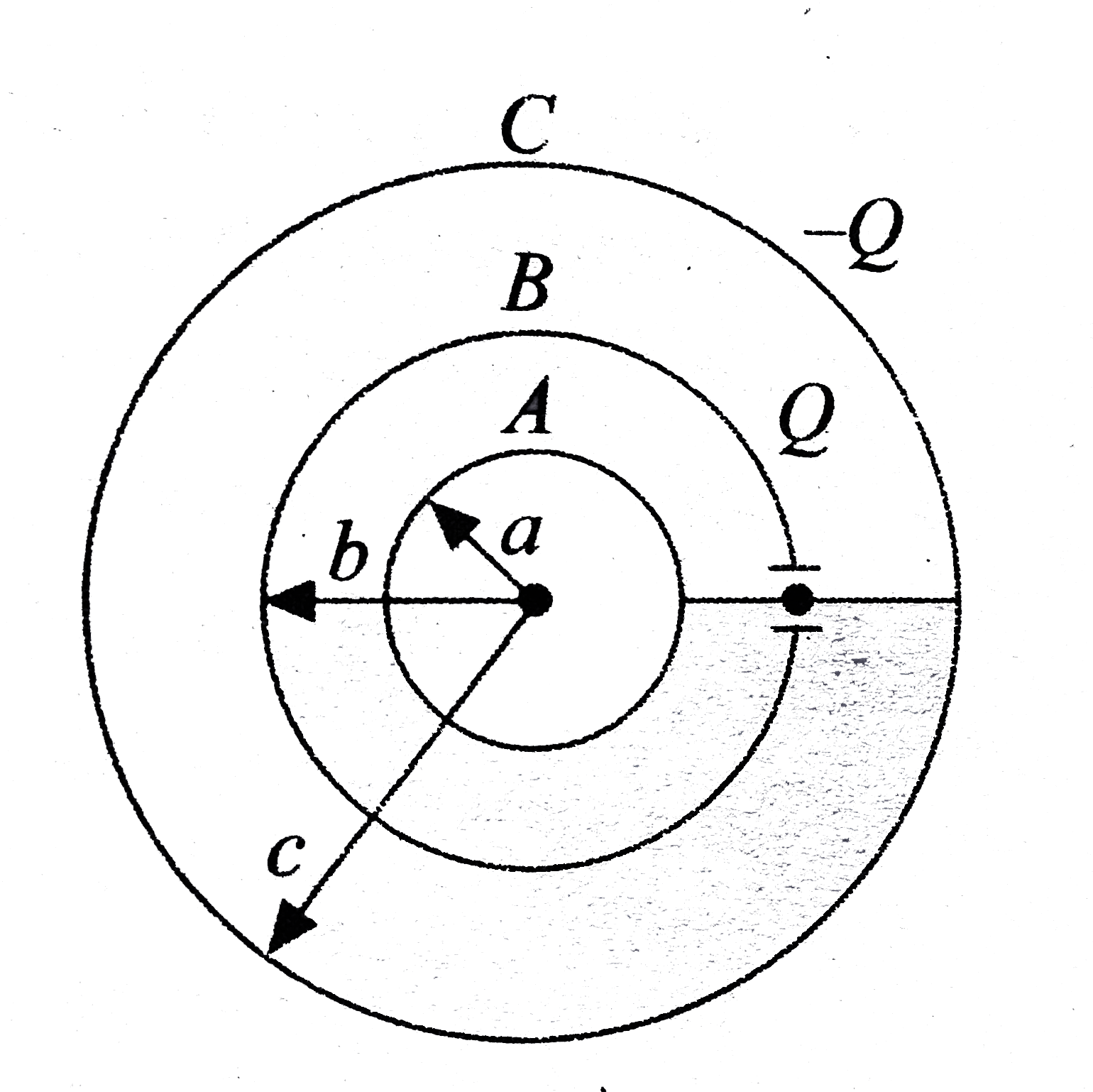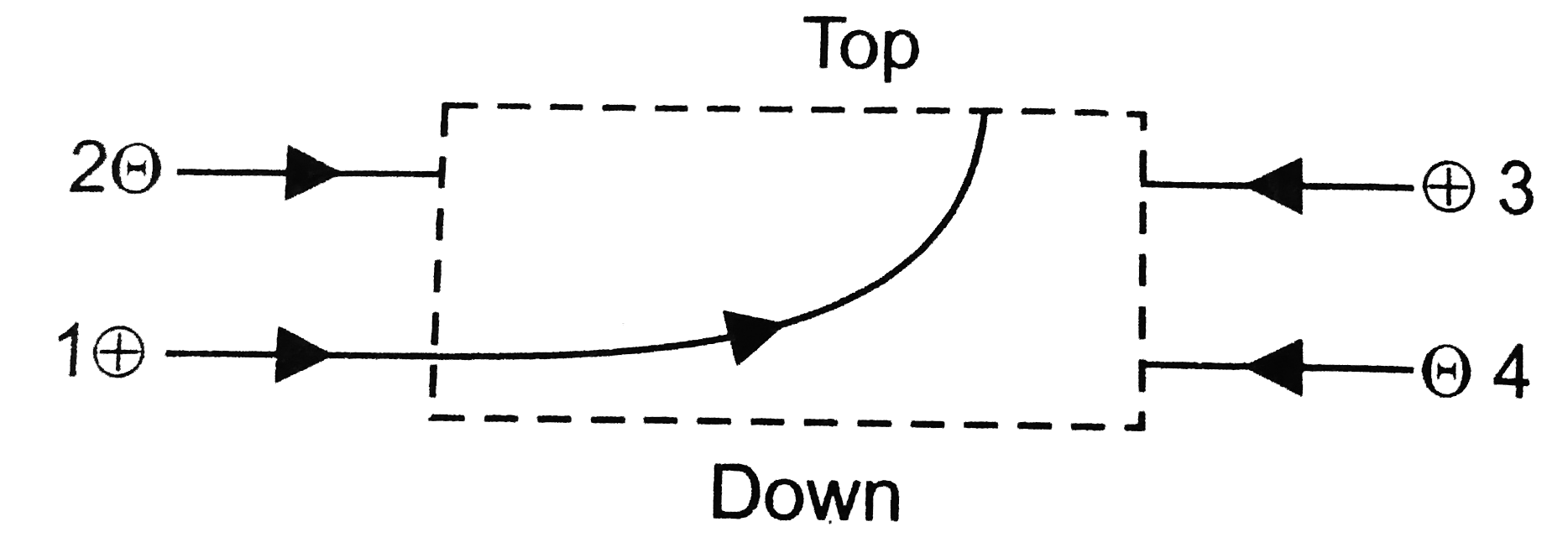Match the following
1.Positively charged ionsa.Electroysis2.Negatively charged ions b.Cations3.Passing electric current to split a solutionc.Anions4.A metal through which electric current can pass d.Hydrogen5.Atomic number is 1e.Electrode
The correct Answer is:1. b 2.c 3. a 4. e 5. d
To solve the matching question, we will match the items in Column A with the correct items in Column B step by step.
1. Positively charged ions:
- Positively charged ions are known as Cations.
- Match: (1) "Positively charged ions" → b. Cations
2. Negatively charged ions:
- Negatively charged ions are known as Anions.
- Match: (2) "Negatively charged ions" → c. Anions
3. Passing electric current to split a solution:
- The process of passing electric current to split a solution is called Electrolysis.
- Match: (3) "Passing electric current to split a solution" → a. Electrolysis
4. A metal through which electric current can pass:
- A metal that allows electric current to pass through it is referred to as an Electrode.
- Match: (4) "A metal through which electric current can pass" → e. Electrode
5. Atomic number is 1:
- The element with atomic number 1 is Hydrogen.
- Match: (5) "Atomic number is 1" → d. Hydrogen
Final Matches:
1. "Positively charged ions" → b. Cations
2. "Negatively charged ions" → c. Anions
3. "Passing electric current to split a solution" → a. Electrolysis
4. "A metal through which electric current can pass" → e. Electrode
5. "Atomic number is 1" → d. Hydrogen
- Positively charged ions are known as Cations.
- Match: (1) "Positively charged ions" → b. Cations
- Negatively charged ions are known as Anions.
- Match: (2) "Negatively charged ions" → c. Anions
- The process of passing electric current to split a solution is called Electrolysis.
- Match: (3) "Passing electric current to split a solution" → a. Electrolysis
- A metal that allows electric current to pass through it is referred to as an Electrode.
- Match: (4) "A metal through which electric current can pass" → e. Electrode
- The element with atomic number 1 is Hydrogen.
- Match: (5) "Atomic number is 1" → d. Hydrogen
1. "Positively charged ions" → b. Cations
2. "Negatively charged ions" → c. Anions
3. "Passing electric current to split a solution" → a. Electrolysis
4. "A metal through which electric current can pass" → e. Electrode
5. "Atomic number is 1" → d. Hydrogen
Similar Questions
A solution contains magnesium ions (Mg2+) ,iron (II) ions (Fe2+) and copper ions (Cu2+). On passing an electric current through this solution which ions will be the first to be discharged at the cathode? Write the equation for the cathode reaction
View SolutionThree conducting spherical shells have radii (a, b, and c) such that a<b<c (Fig. 3.113). Initially, the inner shell is uncharged, the middle shell has a positive charge Q, and the outer shell has a negative charge −Q.
 .
.
a. Find the electric potential of the three shells.
b. If the inner and outer shells are now connected by a wire that is insulated as it passes through the middle shell, what is the electric potential of each of the three shells ? Also, what is the final charge on each shell ?View Solution
Knowledge Check
- Question 1 - Select One
An electric charge of 5 Faradays is passed through three electrolytes AgNO3,CuSO4 and FeCl3 solution. The grams of each metal liberted at cathode will be
AAg = 10.8 g, Cu = 12.7g, Fe = 1.11gBAg = 540 g, Cu = 367.5 g, Fe = 325 gCAg=108 g , Cu=63.5 g , Fe=56 gDAg=540 g , Cu=158.8 g , Fe = 93.3 g - Question 2 - Select One
Same amount of electric current is passed through the solutions of AgNO3 and HCI. If 1.08 g of silver is obtained from AgNO3 solution. The amount of hydrogen liberted at STP will be
A1.008 gB11.2 gC0.01 gD1.1 g
When an electric current is passed through a cell having an electrolyte, then the cations and anions move to their respective electrodes if the cathode is pulled out of the solution then
View SolutionThrough a give cross section n1 electrons per second are passing from left to right and n2 protons per second are passing from right to left simultaneously. The electric current throught that cross section is ( θ = electronic charge).
View SolutionThe figure shows the path of a positively charged particle 1 through a rectangualr region of unifrom electric field as shown in the figure. What is the direction of electric field and the direction of deflection of particles 2,3 and 4 ?
 View Solution
View SolutionAn electric charge of 5 Faradays is passed through three electrolytes AgNO3,CuSO4 and FeCl3 solution. The grams of each metal liberted at cathode will be
View SolutionIn the given figure the electrolytic cell contains 1L of an aqueous 1M Copper (II) sulphate solution. If 0.4 mole of electrons passed through of cell, the concentration of copper ion after passage of the charge will be
 View Solution
View Solution0⋅3605 g of a metal is deposited on the electrode by passing 1⋅2 amperes of current for 15 minutes through its salt solution. The atomic weight of the metal is 96. What is the valency of the metal ?
View Solution

